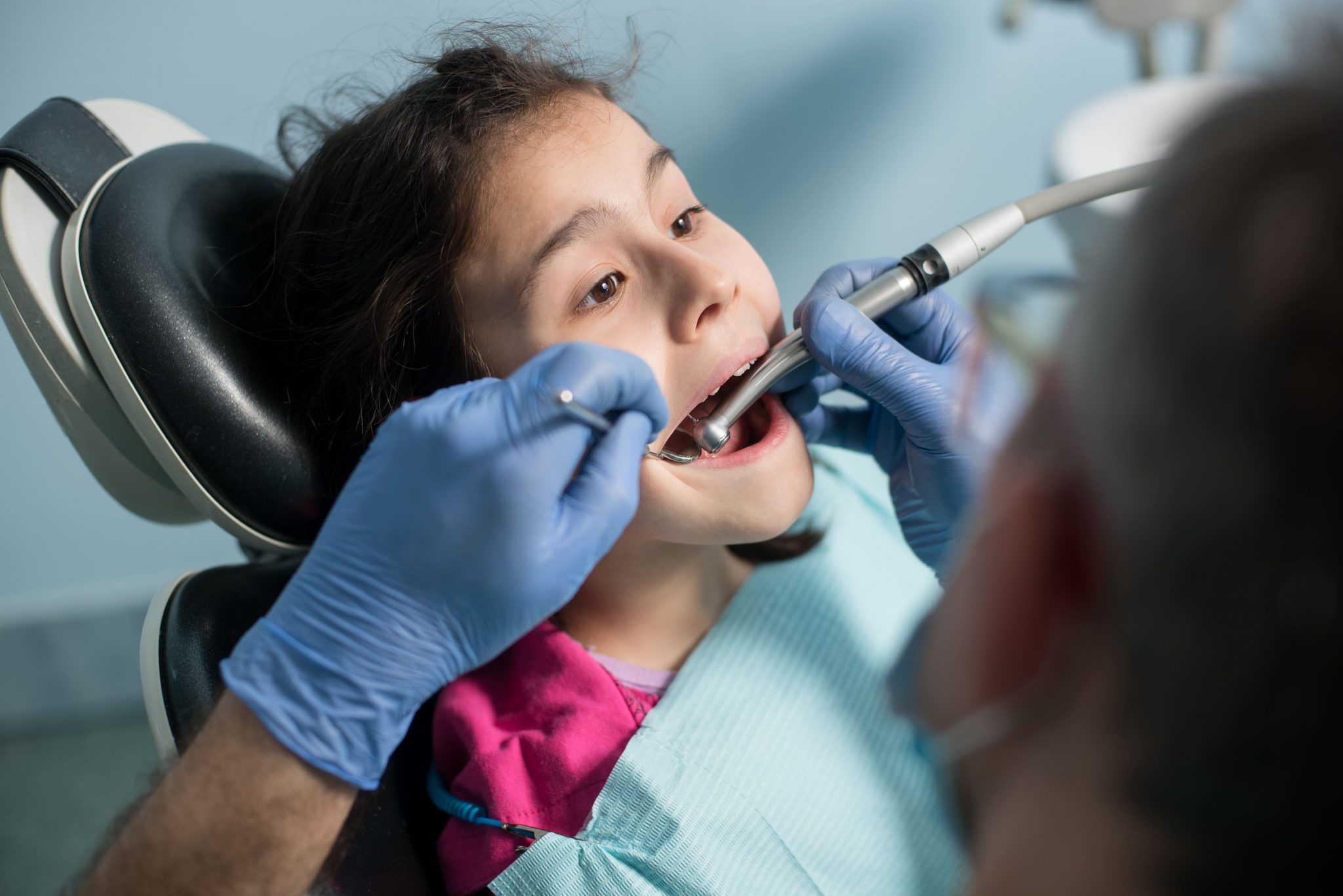A Counselling Psychologist, Clinical Psychologist and Psychotherapist who specialises in child's psychology and child's development. Double RCI licensed (MA Clinical Psy & ADCGC(RCI) and MPhil in Clinical Psychology(RCI)) & a gold medal winner with more than 5 years of work experience.
The age of adolescence is complicated, not only for the child but also for the parents. Multiple internal hormonal changes and growing environmental demands which come from sources like increasing academic pressure, and peer groups, are at play together. Some adolescents find ways to cope with and adjust to these rapid changes, while some require a little more emotional support to deal with the transformations. It is important to recognise and attempt to understand that it is confusing and frustrating for adolescents to handle these constant modifications within and outside them. This creates a sense of stress within themselves and they react to it in different ways.
Stress to some extent is good. It reduces lethargy, enhances performance, acts as a source of motivation and is even beneficial for emotional well-being. This kind of ‘good’ stress is called eustress. However, when the level of stress crosses the parameters of eustress, it turns into ‘bad’ stress or distress. This negatively affects the physical and emotional well- being. Distress is usually caused by a sudden difficult situation like the loss of a loved one, an accident, a bad grade etc. or continuous pressuring situations like academic pressure from higher classes, a crisis at home, a misfit friend group, etc.
Each adolescent is unique and has their own way of reacting to distress. Some adolescents react to stress in a healthy way. They reach out for help on their own, are able to balance their emotions and follow practical solutions like creating and following a time table, eating a balanced diet, exercising etc. At the same time, there are multiple adolescents who are unable to handle the stress and react to it in unhealthier ways. At such times, they need a helping hand from their well-wishers.
When an adolescent is undergoing distress, there are certain universal mental and physical reactions they produce. These can be noticed by people around them as signs to extend a hand of support to them. Some of the physical signs are excessive hair fall, high blood pressure and a weakened immune system. The emotional signs are not explicitly visible and require the guardians to notice certain behavioural patterns to identify them. Constant irritability, lack of concentration, heightened anger, reduction in social interactions, frequent outbursts, aggression and the like can be placed under an umbrella term called mood swings.
Mood swings are fairly common in adolescents experiencing distress, although they are different from the general changes in mood. Mood swings become a red flag only when they are recurrent, drastic and consistently interfere with the day-to-day activities of the adolescent over a long period of time.
Popular Topics

What is Vitamin D deficiency? Spotting early signs of Vitamin D deficiency
Reviewed By Divya Gandhi, Dietitian

Understanding How Vitamin D Leads to Strength
Reviewed By Kejal Shah, Nutrition Expert

Vitamin D deficiency in children and what does it lead to?
Reviewed By Apurva Surve, Sports Nutritionist

Why is Vitamin D an essential nutrient? Know how it plays a role in your child’s development
Reviewed By Varuna Shunglu, Health Counselor & Meditation Teacher
How can parents help?
- The first step in trying to help your adolescent tackle the mood swings and bring them under control is to create an environment where the adolescent feels free to express themselves. This can be done by consciously ensuring that the adolescent is heard out and not cut in the middle and is respectfully spoken to. When an adolescent is comfortable in expressing emotional distress, they are already taking the first step towards improvement. It is then up to the parent or guardian to recognise the drastic switches in the mood and encourage the adolescent to talk about what is causing them distress.
- The next step would be to encourage and motivate the adolescent or even sit with the adolescent and create a realistic activity schedule. The schedule must include a balanced diet, exercise and a sufficient amount of sleep. These are key to having a healthy mind and body and will also act as distracters for the adolescent to ensure they do not spend an unhealthy time reminiscing over whatever is causing them distress. One thing must be kept in mind the activity schedule should not be imposed but rather encouraged. It must not seem like a burden, but rather something which the adolescent looks forward to. This can be ensured by offering tony rewards upon completion like shopping or going out to their favourite restaurant together!
- The third step would be to give the adolescent some space. Oftentimes, they need their own time to reflect and come out from the stressful incident. Emotional support must not seem like an invasion of privacy. One must be present to comfort them but that comfort should not be imposed. After all, it is important for them to feel and acknowledge their own emotions.
Sometimes, mood swings continue and become severe. In case the efforts towards handling these raging emotions seem unfruitful, it would be a good idea to consult a professional. Mood swings are also a byproduct or enabler of a state of feeling constantly low, unaccomplished, angry and sad. This state is also called depression. It is extremely important to differentiate between just sad days and depression. When the negative feelings continue for over a period of four months, it can be a sign that they require immediate attention, support and care.
It is also extremely crucial to ensure that one does not self-diagnose them with depression. If the parent or guardian feels like the adolescent has not been themselves for a while, a mental health professional should be consulted as the first and foremost step. Only after the diagnosis by the professional, it should be certified that the adolescent has depression and needs extra support to recover.
In such a situation, medications depend on the desecration of the mental health professional. In severe cases, medicines might be prescribed but they are usually not the first preference. So, besides medicines, there are various other initiatives one can take to support the adolescent. Therapy and counselling sessions are highly recommended. They are sessions where the counsellor professionally, formally and empathetically hears them and gives guidance to help the child healthily deal with their overwhelming emotions.
On the part of the guardian, it is essential to create an accepting environment without any shame or stigma. Depression is like any other bodily ailment which can be improved with attention and care. This also means, actively educating others who surround the adolescent or reducing interactions with those who shame the child. It is also supremely important to not make the adolescent feel disabled in any way. The idea is to provide active care and not to make them feel like they are flawed or weak.
Other steps one can follow to help their adolescent with depression are spending quality time, listening to them, giving them nutrition-rich food, exercising with them, ensuring they are getting sufficient sleep, taking them for therapy sessions regularly, and trying to keep them in touch with their social world while also not making it overwhelming, not scolding them rather than explaining things to them etc.
Mood swings and depression are both caused by stressors but are at decently different levels from one another. In both situations, adolescents experience a tumultuous influx of negative emotions. It is a difficult emotional state to be in, which is why it is supremely important for those around them to be supportive and know how to accept and handle their emotional outbursts. A single uncalled-for comment can make the journey of the adolescent a lot more difficult and a single gesture of support can make it a lot easier. Therefore, it is important to notice, understand and care for your adolescent even if they seem to be a little out of hand sometimes.
The views expressed are that of the expert alone.




